How to deal with artificial decaf coffee? What is the relationship between decaf and decaf?
Coffee is delicious, but don't drink too much. It means that coffee contains caffeine, and proper caffeine can refresh and relieve fatigue. Excessive caffeine can lead to "poisoning". As a result, decaf has also appeared on the market to satisfy the taste buds of coffee lovers.
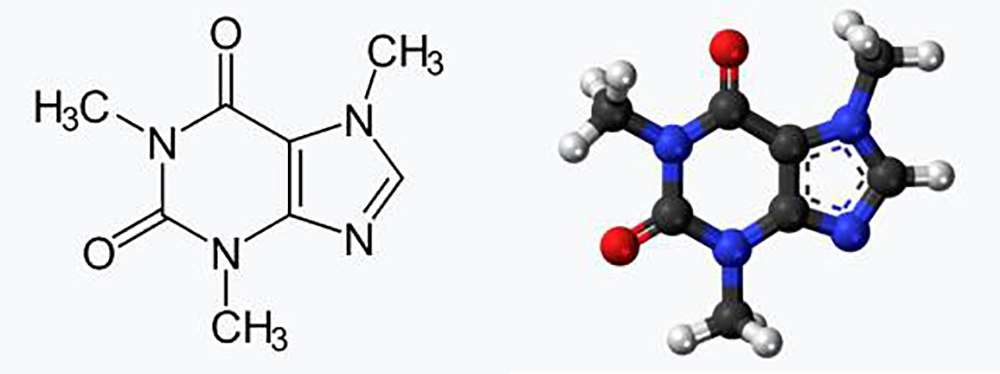
What is decaf?
In general, the weight ratio is used to measure the caffeine content of coffee beans. Arabica coffee beans have a caffeine content of 0.9% Mel 1.4% (an average of 1.2%), while Robsta has a caffeine content of 1.8% Rue 4% (average 2.2%). Decaf can be divided into natural decaf and artificially treated decaf (decaf).
The more common natural decaf coffee is Coffea Laurina, which has half the caffeine (0.6%) of regular Arabica. Unlike other artificially treated decaf coffees, pointed bourbon is genetically degraded, resulting in lower caffeine content and better flavor than the average Arabica coffee tree.
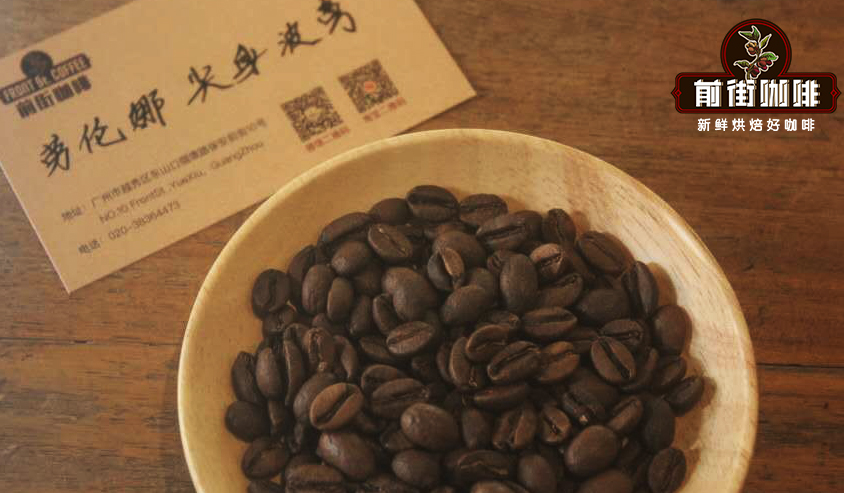
For artificially decaffeinated low-caffeine coffee, the EU standard for this type of decaf coffee is that the caffeine content after treatment does not exceed 0.1% of raw beans, while the FDA standard of the US Food and Drug Administration is less than 3% of the original caffeine content.
What are the common ways to handle decaf coffee?
There are many ways to remove caffeine, which can be divided into direct / indirect solvent treatment, supercritical carbon dioxide treatment, Swiss water treatment and mountain spring water treatment.
Direct solvent treatment
Direct solvent treatment is the use of dichloromethane, ethyl acetate and other chemical solutions to dissolve caffeine. First of all, steam is used to open the stomata of the raw coffee beans, and the dichloromethane solvent is directly added to the coffee beans. After the solvent and caffeine are fused, the caffeine-filled solvents are washed out, and the coffee beans are boiled again to remove all residual solvents.
There are concerns about using dichloromethane as a solvent because it is suspected that long-term exposure increases the risk of cancer. But in fact, FDA limits the dichloromethane content of decaf to 0.001%, which is actually lower than that, with little side effect.
The process of using ethyl acetate as a solvent is the same, ethyl acetate usually comes from sugar cane, so when used, the direct solvent method is sometimes referred to as sugarcane decontamination. This method is usually used in de-causation in Colombia. But ethyl acetate is a highly flammable substance, so it is more dangerous.
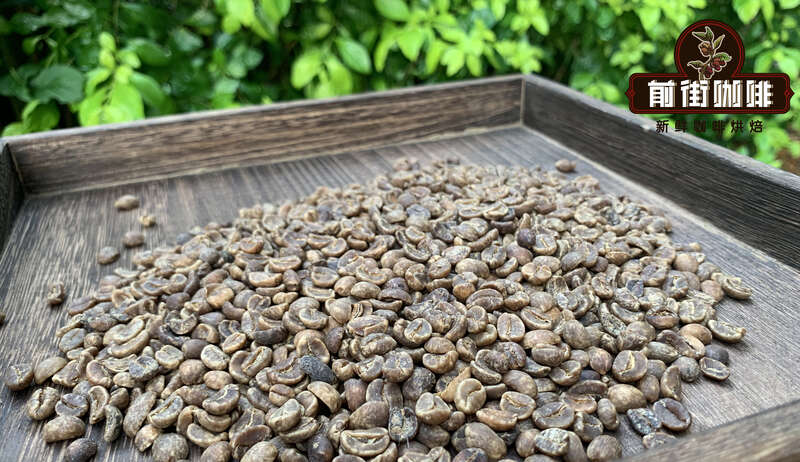
Supercritical carbon dioxide treatment
This treatment is to first let the coffee beans absorb water and expand, and the caffeine molecules are loose in the coffee beans. Add liquefied carbon dioxide and create more than 100 atmospheric pressure in water. Carbon dioxide is highly selective and does not "damage" the carbohydrates and proteins in coffee beans while dissolving caffeine, ensuring that the flavor of coffee beans is not destroyed. Liquid carbon dioxide that takes away caffeine can also be removed and recycled.
Coffee made from decaffeinated carbon dioxide has a lower burden on the human body, and according to the study, this method extracts more coffee than the direct solvent method, and the cost of this method is much higher than that of the direct solvent method.
The equipment for supercritical carbon dioxide treatment is extremely complex and expensive.
Swiss water treatment method
The Swiss water treatment method was developed by the Swiss company Coffex in the late 1970s, and SWISS WATER ®is currently patented. This treatment will soak the raw coffee beans in hot water, and the soaking stage has actually partially removed caffeine. The soaked solution is then filtered with activated carbon and finally poured back into the coffee beans. This series of steps will be more effective in removing caffeine. In addition to not requiring the use of chemical solvents, the soaked solution can be reused in different batches of treatment procedures, but the coffee will still lose flavor during the filtration process.
The caffeine removal rate of this method can reach 99.9%, which is also the highest method of caffeine removal.
Mountain spring water treatment
Similar to Swiss water treatment, another special kind of water is used to extract caffeine from glaciers. The company Descamex says it uses a special filter to remove caffeine. After treatment, you will get a caffeine-free aqueous solution, which also dissolves the solid substance of coffee and can be reused in the decaffeinated process.
Later words
The emergence of decaf is said to have originated from coffee enthusiast Goethe (the famous German poet). He likes the taste of coffee but can't bear the pain of being unable to sleep at night. So his good friend Longie discovered caffeine, the real culprit that could not lead to sleep, and developed a way to separate it. How many people, like Goethe, love coffee but can't drink it? you might as well try decaf.
Important Notice :
前街咖啡 FrontStreet Coffee has moved to new addredd:
FrontStreet Coffee Address: 315,Donghua East Road,GuangZhou
Tel:020 38364473
- Prev
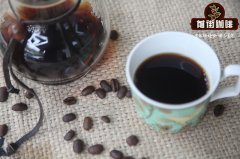
Brazil Miki Manor late season honey treatment Kaduai flavor how? Introduction of Brazilian non-traditional Coffee
Origin: Brazil Brazil production area: Esprito Santo San Isprito State Farm: Stio Trs Barras Miki Manor producer: Horacio altitude: 1100m~1200m production season: 2019 / 2020 Variety: Catuca Kaduai raw bean treatment: Honey honey treatment flavor: ground coffee has pleasant floral and berry aromas and tastes like blackberries
- Next
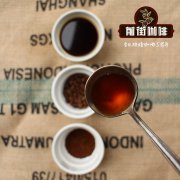
Is Brazilian Esp í rito Santo coffee a boutique coffee? What are Brazilian coffee beans usually used for?
Mount Esp í rito Santo (Espirito Santo) is one of the coffee producing areas in Brazil, and the landscape here is completely different from other parts of Brazil that are famous for their fine coffee. The area is characterized by a mountainous area of 1000 meters or more above sea level.
Related
- Detailed explanation of Jadeite planting Land in Panamanian Jadeite Manor introduction to the grading system of Jadeite competitive bidding, Red bid, Green bid and Rose Summer
- Story of Coffee planting in Brenka region of Costa Rica Stonehenge Manor anaerobic heavy honey treatment of flavor mouth
- What's on the barrel of Blue Mountain Coffee beans?
- Can American coffee also pull flowers? How to use hot American style to pull out a good-looking pattern?
- Can you make a cold extract with coffee beans? What is the right proportion for cold-extracted coffee formula?
- Indonesian PWN Gold Mandrine Coffee Origin Features Flavor How to Chong? Mandolin coffee is American.
- A brief introduction to the flavor characteristics of Brazilian yellow bourbon coffee beans
- What is the effect of different water quality on the flavor of cold-extracted coffee? What kind of water is best for brewing coffee?
- Why do you think of Rose Summer whenever you mention Panamanian coffee?
- Introduction to the characteristics of authentic blue mountain coffee bean producing areas? What is the CIB Coffee Authority in Jamaica?

